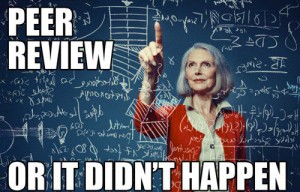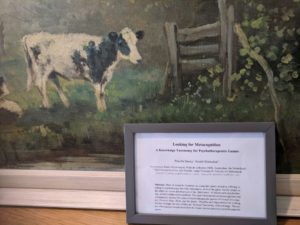 In very broad strokes there are three kinds of learning strategies:
In very broad strokes there are three kinds of learning strategies:
rehearsal,
elaboration
and organisational.
Rehearsal is the much used ‘rinse and repeat’ approach of content repetition or rote learning.
Elaboration might include the use of mnemonics, paraphrasing or summarizing content. These elaboration strategies lead to a deeper level of processing and better comprehension of the content as compared to rehearsal strategies (Pintrich, 2002).
Applying organizational strategies means connecting content elements by note-taking or, for example, creating a mind-map.
 Metacognition is applied in the planning, monitoring and regulating of various learning strategies. This metacognitive knowledge of different learning strategies and their (conditional) application seems to be involved determining the transfer of learning. ‘Transfer’ refers to the ability of using knowledge learned in one setting or situation, in another setting or situation (Bransford & Schwartz, 1999).
Metacognition is applied in the planning, monitoring and regulating of various learning strategies. This metacognitive knowledge of different learning strategies and their (conditional) application seems to be involved determining the transfer of learning. ‘Transfer’ refers to the ability of using knowledge learned in one setting or situation, in another setting or situation (Bransford & Schwartz, 1999).
The demand of metacognition on working memory is two-fold:
- The problem solving thoughts
- Monitoring and regulating the thinking about the problem solving thoughts
In a teacher-student situation, the demand on working memory might be shared as the teacher offers cognitive resources for the actual problem solving or for the monitoring and regulating. This sharing of working memory resources is an application of distributed cognition (Schwartz et al., 2009).
Christoph, L. H. (2006). The role of metacognitive skills in learning to solve problems.
Weinstein, C. E., & Mayer, R. E. (1986). The teaching of learning strategies. Handbook of research on teaching, 3, 315-327
Pintrich, P. R. (2002). The role of metacognitive knowledge in learning, teaching, and assessing. Theory into practice, 41(4), 219-225
Bransford, J. D., & Schwartz, D. L. (1999). Rethinking transfer: A simple proposal with multiple implications. Review of research in education, 61-100
Schwartz, D. L., Chase, C., Chin, D. B., Oppezzo, M., Kwong, H., Okita, S., Wagster, J. (2009). Interactive metacognition: Monitoring and regulating a teachable agent. Handbook of metacognition in education, 340-358







